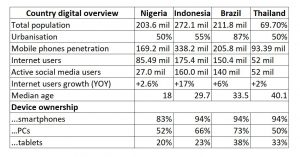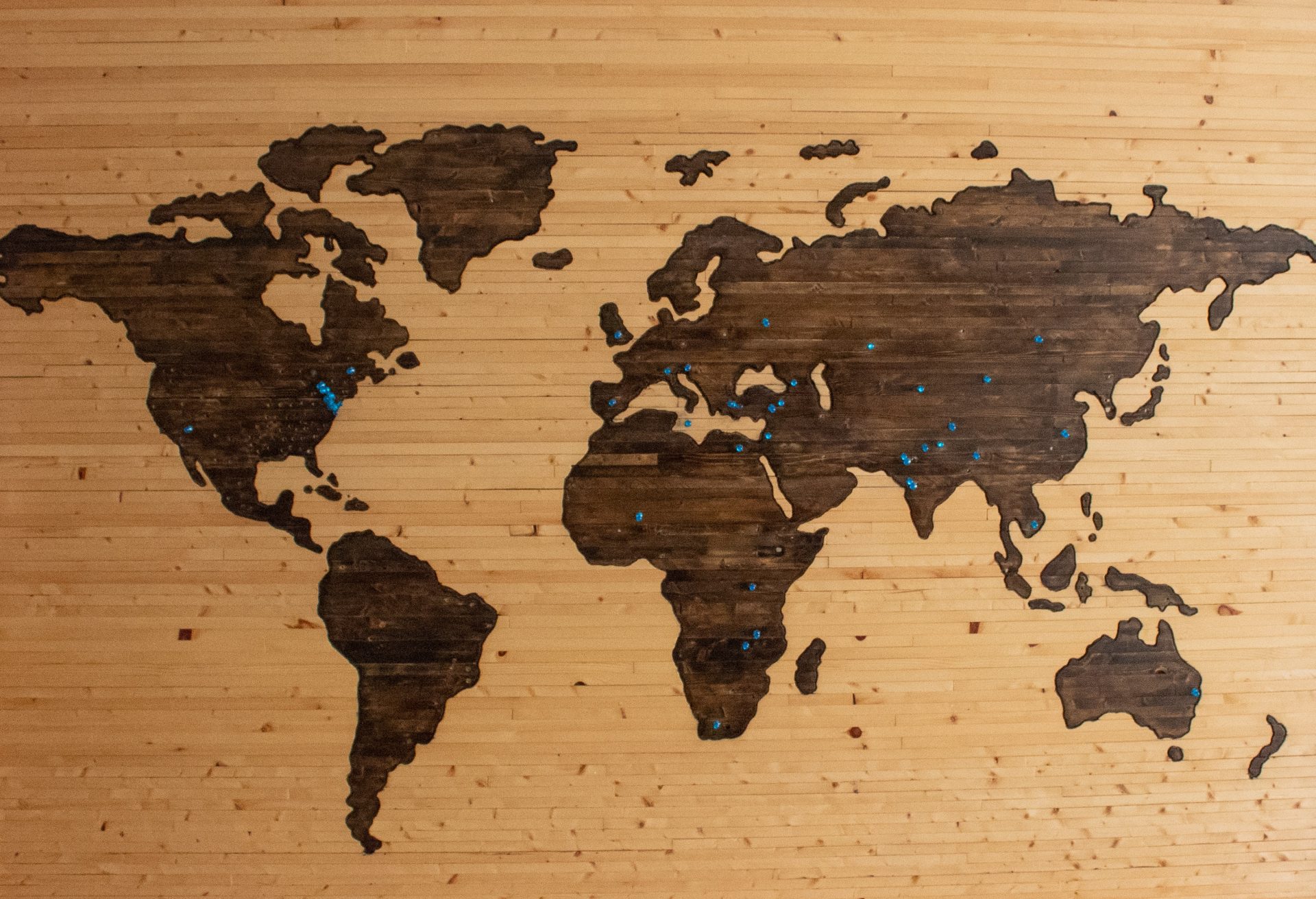Foreword
Getting information to open a new international destination or representative office in another country is becoming quite simple in the age of the Internet. Nevertheless, at the same time, a huge amount of “information garbage” can distort the data while giving the situation an incorrect assessment. In this article, we’ll talk about information searching and organizing some of the nuances.
PEST analysis (“political, economic, socio-cultural and technological”) technique
A little theory to get started. As a structural, let’s take the classical PEST-analysis scheme, which suggests analyzing markets according to 4 factors: political (P), economic (E), social (S), and technological (T). It is based on each factor assessment by experts. This is an important point to which we will return. however, I’m more accustomed to trusting numbers, and that’s what I try to use in my work.
The set of parameters that are added in each of the 4 items shall depend on the company’s business profile or portfolio, the selected region (country), and so on. In the figure below, I’ll show a small template of what the report technology part might look like for those companies, doing their business on the Internet. This is a live example of data collection from an international fintech startup in which we selected countries for a pilot product launch. For a number of reasons, the trade-off was between these 4 countries, located on different continents, although giving the opportunity for a quick start.

Add all the information you are able to find at the first stage. This will help you dive deeper into the market. Don’t forget to use Google Translate. The most useful and up-to-date data can often only be found in the original language. Consequently, step by step, you need to fill in each of the 4 blocks.
As a result, you will get a table that will give you the market-related maximum structured information. Already at this stage, you’ll be able to draw the first conclusions, whether the studied market is interesting for your business or not.
Where to get data
“Google it” is a phrase that can be heard very often in the English-speaking environment. Undeniably, a Google search yields fantastic results. However, you can start with faster ways to get cherished information.
- https://www.statista.com/ – Perhaps the largest statistical portal. There are both paid and free accounts with different levels of access. There is a lot of information, but it is not always up to date.
- https://data.worldbank.org/ – a lot of statistical information on social demographic and poverty levels in the countries of the world.
- Official statistics services for the countries you are going to enter. For example, the Philippine Department of Statistics posts information here – https://openstat.psa.gov.ph/
- https://www.slideshare.net/ – it is there that you should look for the most relevant presentations that are posted by various agencies and enthusiasts.
- https://datareportal.com/library – by my reckoning, the best reports on the digital environment are from Hootsuite. Updated every six months, so the information is always up to date.
Expert Analysis
Therefore, the report is ready, the data suits you completely in black and white, and it seems that you can already go and conquer the whole world. However, such an approach can cost you tens of thousands of dollars and lost businesses.
Where’s the problem? Everything is very simple – in addition to theory, which is averaged figures and values, there is practice. And it may differ from the “official statistics”.
This is where you need the help of experts. The simplest thing is to find a person who knows the region where you are planning to expand and pay for advisory assistance. 1-2 hours with an expert will help you save a pretty penny.
Therefore, what is worth paying for? Here are some examples from my practice:
- Very attractive and fast-growing market. Sources on the Internet claim that English is the second state language there. However, in practice, only 10% of the population knows English (certainly, this is 140 million, but your target audience may only partially fall into this figure).
How to use this information? Strive to have the website version in at least 3 main languages - Hindi, Marathi, and Tamil (by the way, Marathi is not the most popular of the more than 20 main languages of the country. Nevertheless, it is strategically important, for the reason that it is the main language in Mumbai);
- In Southeast Asia, phone numbers start with 0 (e.g, in Russia it’s – 8). Therefore, the application form on the website must contain a “mask” – an explicitly shown country code or 0. Otherwise, you will get a situation where the numbers in the database will be recorded as +62, 62, 0, and just a number without a code.
- In some Asian countries, models of European appearance are used in outdoor advertising in order to emphasize the goods “elitism”. Nevertheless, you should use only photographs of this country’s nationalities representatives, if you want to “come on board” and conquer the local market.
- Foreign currency depositing and withdrawing can be tightly controlled by the authorities in the country, and Visa / Mastercard cards, familiar to everyone, can operate within the country only, not allowing payments on international services.
Conclusion
The main part of the research is just a matter of time and effort you are willing to spend collecting information. Everything else is a matter of technique.
Good luck on the international battlefield!















